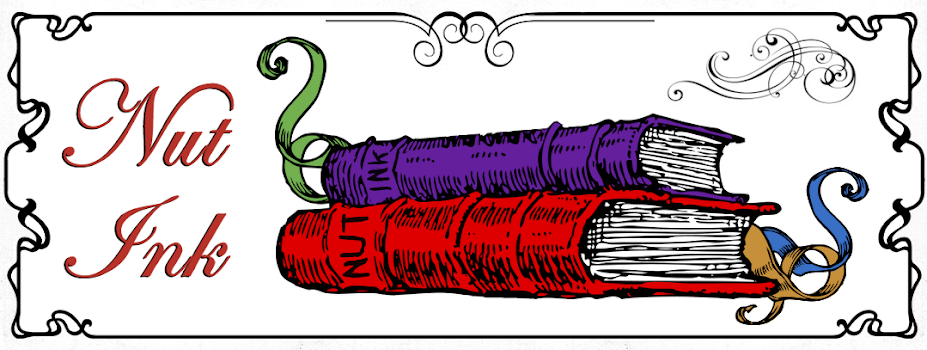Author: Felicia Day | Page Count: 129
The second volume of The Guild trades collects the one-off comics that featured the backstory of the guild members and functions as pretty much a prequel to the first season of the show actually ending right where episode one of the show would begin. Ms. Day's writing chops shine through, but are also enhanced by the guest writers that include many of the actors that portray the characters which gives them an extra bit of authenticity and they really help the characters translate from screen to page. The fleshed out backstories adds layers and insight into the characters."I recited Ozymandias offstage per your request for character motivation. Look on your works ye mighty, and despair."
The art is vivid and varied and the plots are character driven hilarity with a touch of maudlin. The Zaboo one is exceedingly entertaining as it is both hilarious and somewhat manic with some even sort of interactive minigames added to it, as it should be I suppose given the gamer tendencies of the franchise. I don't imagine non-fans will find a lot to enjoy, but for viewers it can add much to the experience.
4 infections of Hand AIDS out of 5







